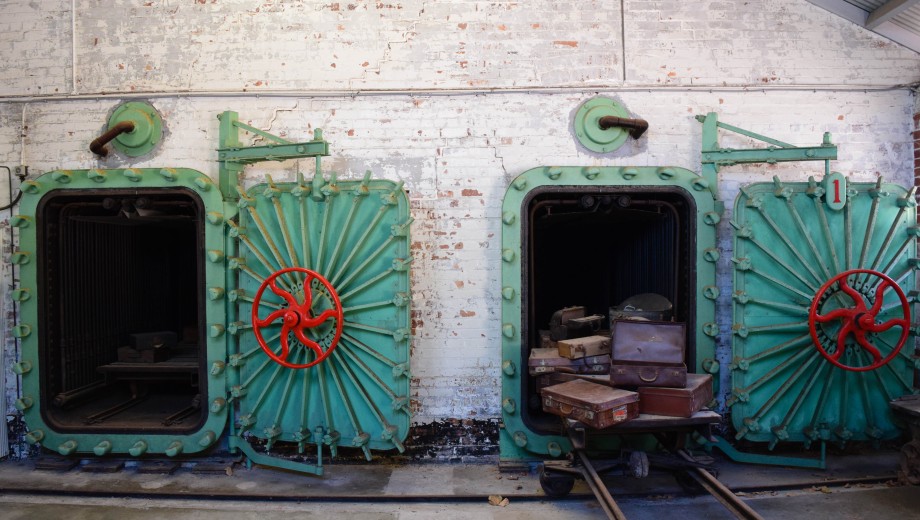In 2009, two Art History alumni, Geoff Manaugh and Nicola Twilley, both AM’01, heard about a quarantine station in Sydney that had been converted into a hotel. For over 150 years, the complex housed newly arrived immigrants suspected of harboring contagious diseases—the final leg of their long journey to Australia.
Manaugh, an architecture writer who was teaching in Sydney at the time, and Twilley, a journalist, were intrigued by the contrast between the hotel’s utilitarian past and luxurious present. They spent their seventh wedding anniversary at what is now known as Q Station, an experience that prompted a decade-long exploration of quarantine, culminating in their book, Until Proven Safe (MCD, July 2021). (The book’s original title, The Coming Quarantine, had to be discarded when the quarantine, well, came.)
Until Proven Safe: The History and Future of Quarantine charts the rise of this early public health measure, which was first formalized in the fourteenth century, and its inevitable future. “The response to COVID-19 is not going to be our only quarantine,” Twilley says. Zoonoses, diseases that spread from nonhuman animals to human ones, are becoming more common as the human population grows and spreads, and the built environment will need to respond.
The concept of quarantine has remained remarkably consistent over time, the authors say. Durations and settings have changed, with the stone lazarettos of the Renaissance giving way to modern hospital isolation units, but the essential idea of a buffer between the worlds of the infected and the healthy has not. (The concept also has complements in nature; honeybees, for instance, often self-isolate by not returning to the hive if infected.)
Yet the complexity of the modern city calls for new iterations of quarantine. It’s possible that cities will develop “pandemic modes”—closing down streets to allow pedestrian distancing, making crosswalk buttons touchless, and so on—that they can toggle on and off as needed. “Thinking about the city as this kind of flexible instrument for dealing with disaster would be really useful in a medical context,” Manaugh says.
A more extreme version of a quarantine-ready future would involve “the transformation of our homes and apartments and offices into medical diagnostic equipment that we inhabit,” Manaugh explains, where smart home devices can detect whether you sound sick and summon medical assistance, or even forcibly curtail your activities by locking you inside.
Yet the fear (and, for many of us, current reality) of being trapped indoors also heightens the appeal of the outdoors. Manaugh and Twilley felt this power themselves; the Los Angeles residents talked through large portions of Until Proven Safe while hiking over the spring and summer. Humans are anomalous in the animal kingdom for spending “90 percent of our time indoors,” says Twilley. “It’s just really bizarre.” She views the prospect of more time spent in nature as a hopeful effect of the new age of pandemics.
Manaugh finds something profound and metaphorically rich about the idea of quarantine as the place where doubt gives way to answers—infected or not infected—and truth simply needs sufficient time, he says, “to articulate itself.” In quarantine, as in life, we are all patiently waiting for revelation.

